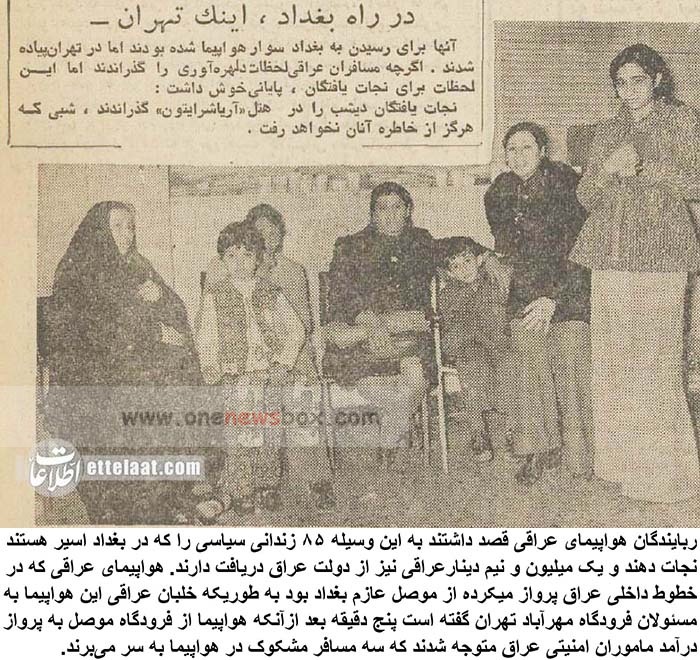The Aftermath of the Hijacking
With the hijacking swiftly brought to an end, Iranian authorities took control of the situation. Four injured passengers remained in Tehran for medical treatment, while the rest of the travelers were sent back to Baghdad on an emergency flight conducted by another Iraqi Airlines jet that arrived in Tehran later that day. Meanwhile, the two surviving hijackers were placed under Iranian surveillance as authorities sought to determine their fate.
The incident presented a diplomatic challenge for Iran. Iraq’s government demanded the immediate extradition of the hijackers, labeling them as criminals and terrorists. However, given the tense relations between the two countries, Iran was hesitant to comply outright. The case became yet another source of friction in the already strained Iran-Iraq relationship.
Iran’s Role and Response
Iran’s handling of the hijacking was influenced by its broader political strategy in the region. At the time, the Shah of Iran, Mohammad Reza Pahlavi, sought to position Iran as a major power in the Middle East, capable of exerting influence over neighboring countries, including Iraq. While Iran had no official policy of supporting airplane hijackings, its intelligence agencies were known to have connections with various opposition groups in Iraq, particularly the Kurds.

